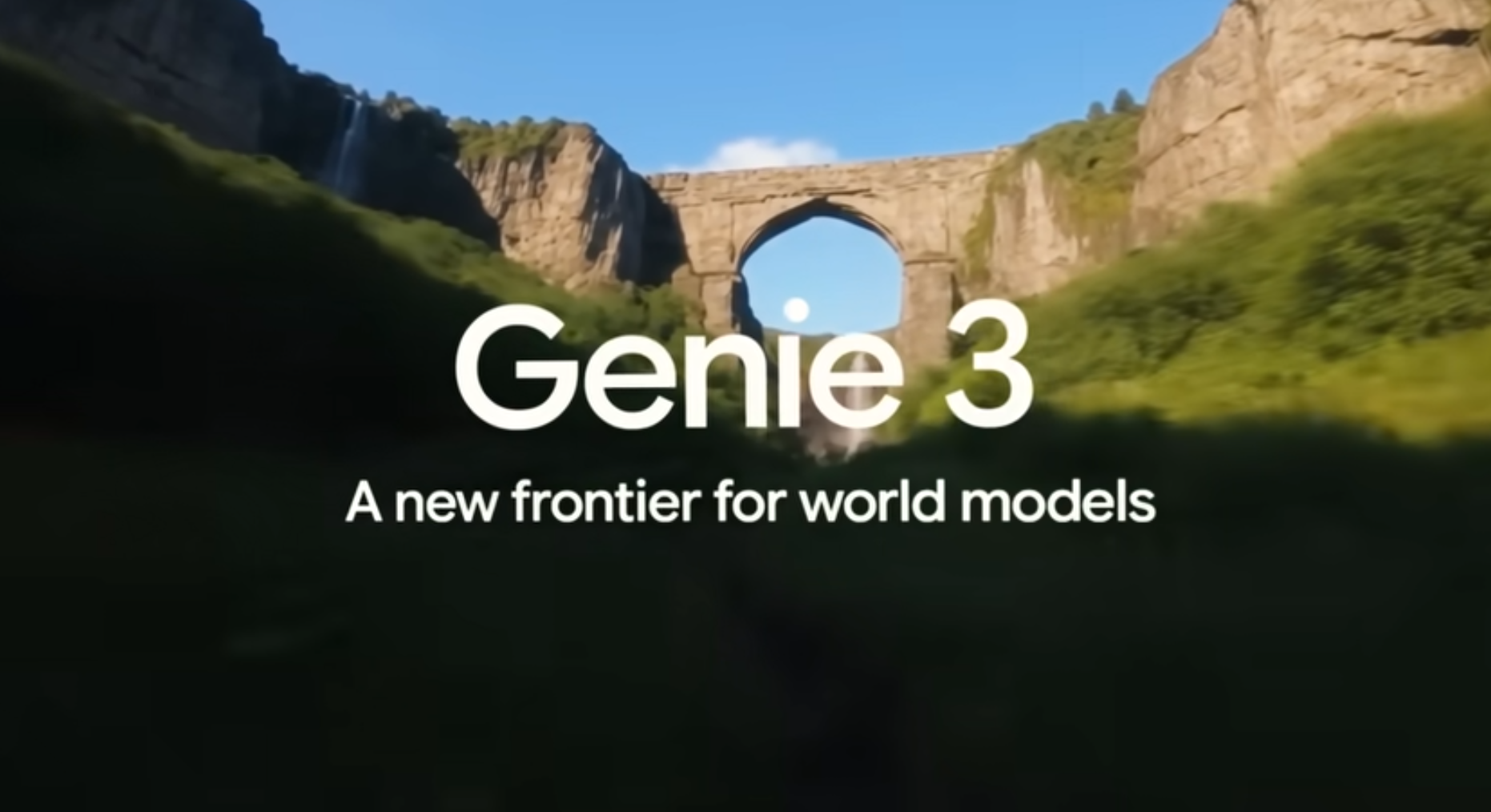Imagine typing a prompt and instantly stepping into a fully interactive 3D world. That’s exactly what Google DeepMind’s latest innovation, Genie 3, makes possible.
This advanced “world model” represents a major leap forward in artificial intelligence and real-time simulation. Unlike traditional game engines or static 3D rendering tools, Genie 3 dynamically generates explorable environments where both humans and AI agents can interact—live and on demand.
Let’s unpack what makes this breakthrough worth paying attention to.
What Sets Genie 3 Apart?
At its core, Genie 3 is a general-purpose world model designed to simulate 3D environments in real time. But what separates it from its predecessors or other 3D simulation tools?
“This is the first real-time interactive world model of its kind,” says Shlomi Fruchter, a research director at DeepMind.
Rather than relying on pre-built assets like traditional video games do, Genie 3 creates entire worlds—terrain, weather, objects, characters—using AI alone. Users can navigate, interact, and even modify these worlds as they go.
This release builds on the foundation of Genie 2 (2024) and introduces concepts from DeepMind’s Veo 3 video generation model. The result is a system that doesn’t just look real—it acts real, too.
Key Features and Performance Gains
Genie 3 vs. Genie 2
| Feature | Genie 2 | Genie 3 |
|---|---|---|
| Interaction Duration | 10–20 seconds | Several minutes |
| Real-Time Navigation | ❌ | ✅ |
| Resolution | Not specified | 720p |
| Frame Rate | Not specified | 24 FPS |
Capabilities That Change the Game
- Extended Interactions: Instead of short glimpses, users can now spend minutes inside generated worlds.
- Visual Memory: Genie 3 remembers where objects are placed for up to a minute—so returning your gaze doesn’t reset the scene.
- Text-Based World Edits: Type a prompt like “make it rain” or “add a red robot” and see it happen.
- Cinematic Output: All rendered in 720p at 24 frames per second for a smooth visual experience.
How It Works
The underlying architecture of Genie 3 is auto-regressive. This means the model generates each frame by referencing prior frames—much like how human memory works.
“The model has to look back at what was generated before to decide what’s going to happen next,” explains DeepMind researcher Parker-Holder.
This mechanism results in a kind of emergent physics. The AI isn’t explicitly told how gravity works—it learns by observing outcomes and modeling them accordingly.
Current Limitations to Know
While Genie 3 is impressive, it’s not without constraints:
Technical Shortcomings
- Limited Session Length: Interaction still only lasts a few minutes.
- Geographic Precision: It can’t perfectly recreate real-world locations.
- Unreadable Text: Clear, legible text often only appears if included in the prompt.
- Agent Complexity: Still struggles with scenarios involving multiple independent characters interacting at once.
User Experience Barriers
- Restricted Actions: Player interactions are still somewhat basic.
- Physics Glitches: Some inconsistencies remain in real-world logic.
Who Can Use Genie 3?
Right now, access is limited. DeepMind is releasing Genie 3 as a “research preview” for a small group of academics and creators. This phased approach helps mitigate potential risks and allows for more measured progress.
DeepMind is exploring ways to onboard more testers, though no date has been confirmed.
Why This Matters for AI and Beyond
Training AI, the Smart Way
AI agents need realistic, diverse environments to learn from. Genie 3 offers precisely that.
Early trials with DeepMind’s SIMA (Scalable Instructable Multiworld Agent) show that these agents can already complete tasks like:
- “Approach the green trash compactor.”
- “Walk to the red forklift.”
These examples point to a future where agents can learn skills the way humans do—through trial, error, and experience in dynamic spaces.
A New Playground for Creators and Educators
Whether you’re developing learning modules or designing immersive training simulations, Genie 3 could be the tool you’ve been waiting for.
Creating VR-style environments no longer requires massive development teams or complex code—just a few lines of text.
Final Thoughts
Genie 3 is not just another AI demo—it’s a glimpse into the future of digital experiences. As DeepMind refines its capabilities and expands access, the model could help redefine:
- AI learning and training
- Educational content creation
- Real-time 3D storytelling
- Creative simulations for science and research
Google’s investment here is clear: they’ve even assembled a new team led by a former co-leader of OpenAI’s Sora project. That signals more breakthroughs may be just around the corner.








Leave A Comment